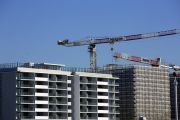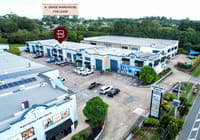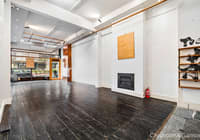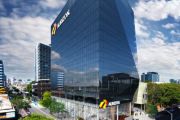
Buying before a boom: Understanding the property cycle
Article updated 2 September 2021.
It’s every property investor’s dream: to buy a property, fill it with tenants who’ll pay premium rents, watch its capital value creep steadily upwards and finally sell at the top of a booming market.
With the benefit of hindsight, it looks easily achievable – so long as you can predict when a market will boom. So what market factors should you look for?
Understanding supply and demand
To begin with, regardless of your property type or location, the key to making a good investment is understanding the factors that determine demand and supply; as demand goes up, relative to supply, so do prices.
Demand for commercial property is mainly determined by the prevailing economic conditions. These include the economy’s overall health, unemployment rates, consumer and business confidence and interest rates.
Investors should start by considering the economy sector-by-sector. As the economy strengthens, transport companies are the first to experience growth, driven by demand for manufacturing materials and the increase in imports. This leads to demand for industrial property such as warehouses.
The price of commercial property is largely driven by the rental income it will generate, which is in turn driven by tenant demand and the certainty of the lease contract. The yield is simply the annual rental income divided by the property’s price.
According to LJ Hooker’s Mathew Tiller, yield is an important indicator of pricing across all commercial property. Tightening yields usually indicate that property prices are rising, which means investors and owner-occupiers recognise an area is set to grow in demand. However, if yields get too low, it may mean prices are too high, although if there’s excellent lease security a purchase with a lower yield might still be worthwhile.
Interest rates, investor confidence and international influences
The cost and availability of money also plays a big part in determining demand across all property types, as it affects how many investors can afford to enter the market. Low interest rates and easy credit access tend to push prices up – a trend we have been seeing recently. Yield also has to be balanced against the appeal of other investments, such as stocks and bonds. As long as it compares favourably, demand should remain strong.
Supply is another important indicator. An increase in comparable, alternative options for tenants in a particular location will typically lead to increased vacancy, which has a negative effect on rental income. The amount of supply slated for a particular sector and location should be carefully considered and weighed against potential demand.
The ease with which overseas investors can access properties, and how easily they can assess and mitigate risk and repatriate profits, will also affect overall demand across all property types.
Sector by sector
Each sector also has its own drivers. Industrial property is heavily influenced by infrastructure, so an area with good access – or plans for better access – to intermodal linkages, arterial roads and ports would be worth investigating.
Knowledge of government planning for a particular location is important, since locations where access to public transport, parking, food retail and other services is set to improve, are likely to see an increase in tenant demand.
Retail demand is significantly affected by consumer spending, employment rates and the availability of money. Low interest rates and low unemployment positively affect consumer spending and therefore retail demand. Tiller says local population growth is the biggest influencer of retail demand in a specific location, as people like the convenience of having amenities nearby.
In fact, demographics and local population growth are a critical factor when choosing a location to buy all property types, including residential property. Key factors affecting the popularity of an area and driving residential prices include lifestyle trends (such as sea changes or tree changes), changes to local employment availability (such as in mining towns), and infrastructure and planning changes that improve an area’s convenience, such as by providing better access to job opportunities, public transport, schools and retail outlets.
The residential roll-on
The demand for residential property usually has a roll-on affect for commercial property in the area. The sea change trend of the noughties, for example, saw demand for residential property boom in popular coastal locations. This was followed by demand for retail properties, small warehouses to support retail, and small office properties as new residents looked for nearby work opportunities.
Choosing a future hot spot isn’t easy. “No-one has tenure over macro influences; nor can many of us forecast these things that well,” says property guru Michael Matusik. However, investors can maximise their chances by assessing all factors that affect demand and waiting until conditions are right before taking the plunge.










